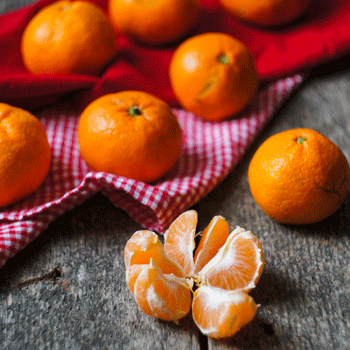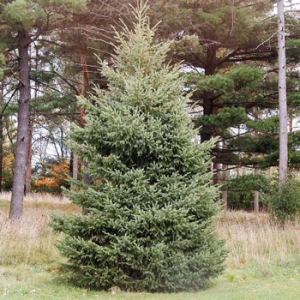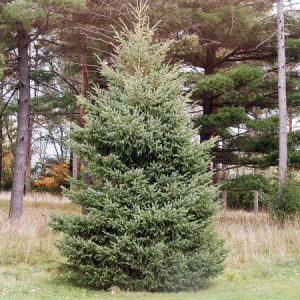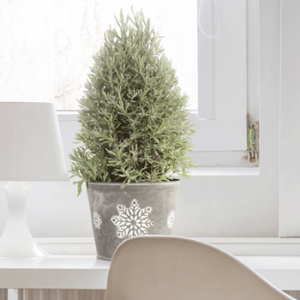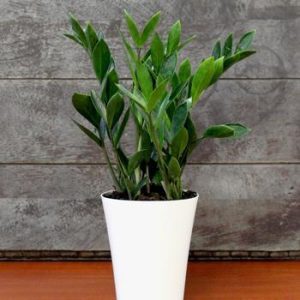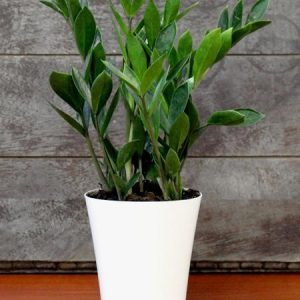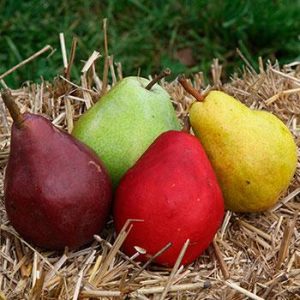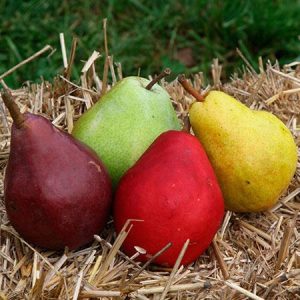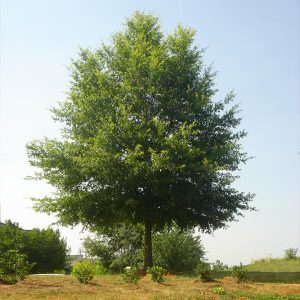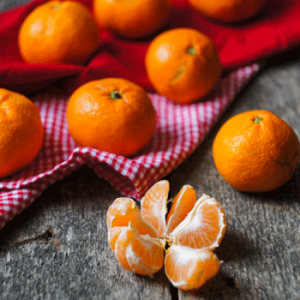Yosemite Gold Mandarin Tree Cheap
- Estimated Delivery : Up to 4 business days
- Free Shipping & Returns : On all orders over $200
Big Seedless Mandarins that Take the Cold
Only Yosemite Gold Mandarin combines all these benefits:
- Exceptional rich, sweet fruit flavor
- Virtually no seeds, even when planted with other citrus
- Late-season production
- Attractive deep orange color
- “Mammoth” 6 oz. sized fruit
-
Plant your own “Good Luck” tree
Mandarin sounds similar to “luck” in Chinese. And the orange-gold of the fruit symbolizes a happy, wealthy new year. But there are more reasons why Yosemite Gold Mandarin is a great choice for your yard, and even inside, as a container plant.Exceptionally Tasty Large, Sweet Fruit
Delight in this very large mandarin. California labels them “Mammoth” because they weigh a dense 6 ounces! Mature trees produce a bumper crop of 80-150 pounds of fruit— although they alternate heavy bearing light bearing years. Yosemite’s have a 42% juice content and a rich sweetness superior to many other varieties. They’ll stay sweet and fresh for up to 30 days when stored in the refrigerator.Enhance Your Garden
Your spheroid tree delivers large glossy green leaves in a thick canopy that protects the juicy deep orange fruit. The smooth, relatively thin-skinned fruit looks attractive on your tree and adds color to your table. Enjoy fragrant white blossoms and green leaves nearly all year round. Clip a small branch and add the scented blossoms and pointed leaves to a flower arrangement for extra flair.Grow This Tree Anywhere
Live in a cool climate? Plant your tree in a container and bring it inside in winter for healthy air and a feeling of spring all winter long. Yosemite easily prunes to a smaller size to fit your living space. Pruning even helps it produce more fruit.
Easy Care
Yosemite Gold Mandarins aren’t fussy about soil as long as it drains well and is not too salty. The vigorous trees are drought tolerant and resistant to a variety of pests. They can handle cold down to 24°— which is better than most mandarin varieties. Give it full sun for more blooms and fruit. Unlike other companies, Fast Growing Trees carefully grafts more mature tops on hardy root stock. We then hand nurture the tree so you are guaranteed a strong healthy plant ready to flourish and produce in the first or second year.Seedless
Yosemite Gold mandarins are virtually seedless so they are easy and delicious to eat. Other seedless varieties like Clementines grow seeds when cross-pollinated by other citrus trees planted nearby. Gardeners will especially value Yosemite Gold because it stays seed free. And it won’t make seeds in other seedless citrus— regardless of how close together they are planted.
Healthy
You’ll feel good about giving your kids these fruits as a delicious, healthy, non-fat snack. They’re loaded with vitamin C and antioxidants. Studies show antioxidants help you look and feel younger and healthier. Two mandarins give you 20% if your daily fiber to help lower cholesterol and give you a feeling of fullness so you want to eat less.
Eat All Winter Long
Most mandarins ripen in December but Yosemite Gold extends your season. The fruit ripens January – March and stays on the tree until April for a extraordinary long season. Pick them— and share them— just when you want them. The longer they stay on the tree, the sweeter and juicier they become.
Our customers love this plant and are ordering them as quickly as we can ship them. Order now while supplies last!
Questions? Give us a call. We’re happy to help you.
Planting & Care
Seasonal information: Mandarins grown outdoors are suitable in USDA zones 9-11. They’re typically started indoors, and graduated into pots and containers of increasing size before they’re ready for the nursery and subsequently outdoors in climates where they can be grown.
Location: Mandarins require a site with full sun exposure.
Soil Preferences: Mandarins require well drained soil that has good organic matter content so as to retain plant available nutrients. They do not tolerate ‘wet feet’ and given their choice of moisture extremes, they’ll prefer drought over saturated soil.
Planting instructions:
In Pots or Containers: If planting in a pot or container, the pot should be three times the volume of the root ball in size. Use well- draining potting mix amended with general purpose compost or composted cow manure. Avoid ‘hot’ fresh manures that are high in ammonia nitrogen and tend to have a greater weed content.
In the Garden: In the garden, a similar hole should be dug (3X the root ball), and approximately 20 lb of compost per foot of soil should be blended into the medium. (one cubic foot of finished compost weighs about 50 lbs. Cattle manure is about 25-30 lbs per cubic foot)
Watering: When your tree is small, garden plantings should be watered regularly, usually once or twice a week in drier climates or in periods of drought elsewhere. In pots or containers, water until you see it running out of the drainage holes in the bottom of the container. DO NOT over water to a point where the soil is continuously wet or saturated for several days at a time.
Fertilization: Fertilize Mandarins as you would any citrus. Use ‘citrus fertilizer’ blends because they have the proper ratio of nutrients and they avoid sources that raise pH. Citrus crops in general prefer slightly acid soil environments. Citrus fertilizer will also contain micronutrients known to be beneficial to this group of plants and in the right ratio. Do not put fertilizers near the trunk of the tree, but rather, spread evenly around the root spread and about as far out as the drip edge of the plant. Apply fertilizer at bloom, not before, and preferably not much later. Mandarins’ greatest need for fertilizer is from bloom to fruit set. Foliar feeding is acceptable with blends specifically labelled for use on citrus crops. Follow label directions closely for greatest effectiveness and to avoid leaf burn.
If using soil-applied fertilizer in pots or containers pay attention to the potential for fertilizer burn. Read and follow label instructions carefully.
Weed Control: Keep a three foot area around the tree free of weeds and grass; and avoid mulch. Avoid using organic mulches that retain too much moisture in the root zone. Inorganic mulches like stone or recycled products are acceptable but be sure to allow for good water infiltration. If you must mulch, keep it at least 12” from the trunk. Chemical controls are available, but always only use labelled products and follow label instructions carefully. Weed control isn’t an issue when growing in containers other than hand weeding as needed.
Pests and Diseases: Root borne diseases in Mandarin typically relate to wet soils, so avoid them whether in the garden, or the container. Foliar diseases can be prevented by avoiding over applying water on the leaves which helps foster the spores that can set up. Aphids can be a problem, but chemical control is rarely used due to resistance and the tree can withstand quite a lot of the characteristic damage (leaf cupping) from this insect pest.
Pruning: Mandarin will typically form its shape on its own and shouldn’t require additional pruning
| Size | 1-2 ft. |
|---|
